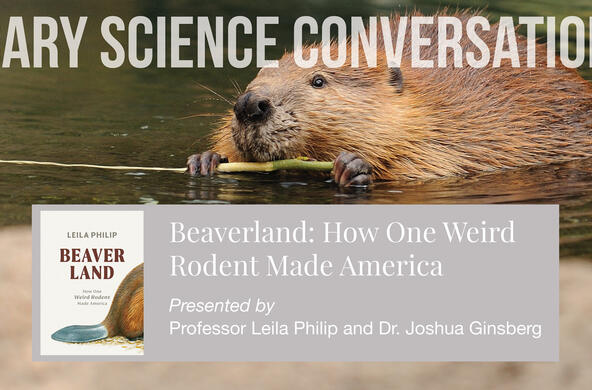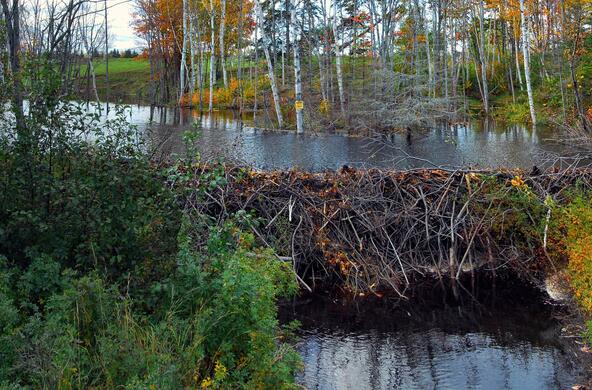Catskill Science Collaborative Fellows share the results of their summer research.
Topics to be explored include: using remote sensing to monitor hemlock woolly adelgid, an invasive forest pest, and safely managing interactions between people and black bears.
The Catskill Research Fellowship Program was developed to engage graduate and undergraduate students in research that addresses gaps identified by natural resource managers in the Catskills. Students conduct research with a professor in collaboration with advisors from natural resource management organizations. Requests for Proposals for summer 2021 are being accepted through December 31.
Monitoring hemlock health and the spread of hemlock woolly adelgid in the Catskill mountain region of New York using high-resolution multispectral remote sensing
Kelsey Parker, CUNY
The hemlock woolly adelgid (HWA) is an aphid that slowly kills eastern hemlock (Tsuga canadensis) trees by attaching to the base of their needles and feeding on the tree’s starches. The health of infested trees declines slowly, and it can take years for an infested tree to fully succumb to the HWA. The spread of this invasive insect is startling, as hemlock trees are an important foundation species with the ability to alter the environment’s microclimate. Our study uses freely available remote sensing data to predict the locations of HWA invasion by monitoring forest health. Our aim is to help monitor the insects’ spread and determine areas of the Catskills where pest management strategies are likely to be the most helpful in deterring the spread of HWA.
This research was done in partnership with the Catskill Center’s Catskill Regional Invasive Species Partnership.
An interdisciplinary approach to reducing human-black bear interactions in the Catskills
Jason Hagani, Columbia University
Each year, thousands of tourists flock to the Catskills in search of natural solitude, outdoor adventures, or an unforgettable encounter with wildlife in the region. However, improper food and trash management often results in unwanted interactions between humans and black bears, putting both people and wildlife at risk. How do we reduce these unwanted interactions, and effectively educate short-term visitors on bear-safe behaviors? Our project addresses these questions by combining social science and spatial modeling to both inform tourists on how to stay safe in black bear territory and to predict hotspots of future conflict.
This research was done in partnership with the New York State Department of Environmental Conservation.
Presentation (PDF)
About the Catskill Science Collaborative
Cary Institute of Ecosystem Studies hosts the Catskill Science Collaborative, a program funded by the NY State Environmental Protection Fund through a grant with the New York State Department of Environmental Conservation. The Catskill Science Collaborative facilitates and communicates environmental science in the Catskill Region by sharing science with the public, promoting science-informed resource management, and enabling data- and idea-sharing among scientists working in the Catskills.






